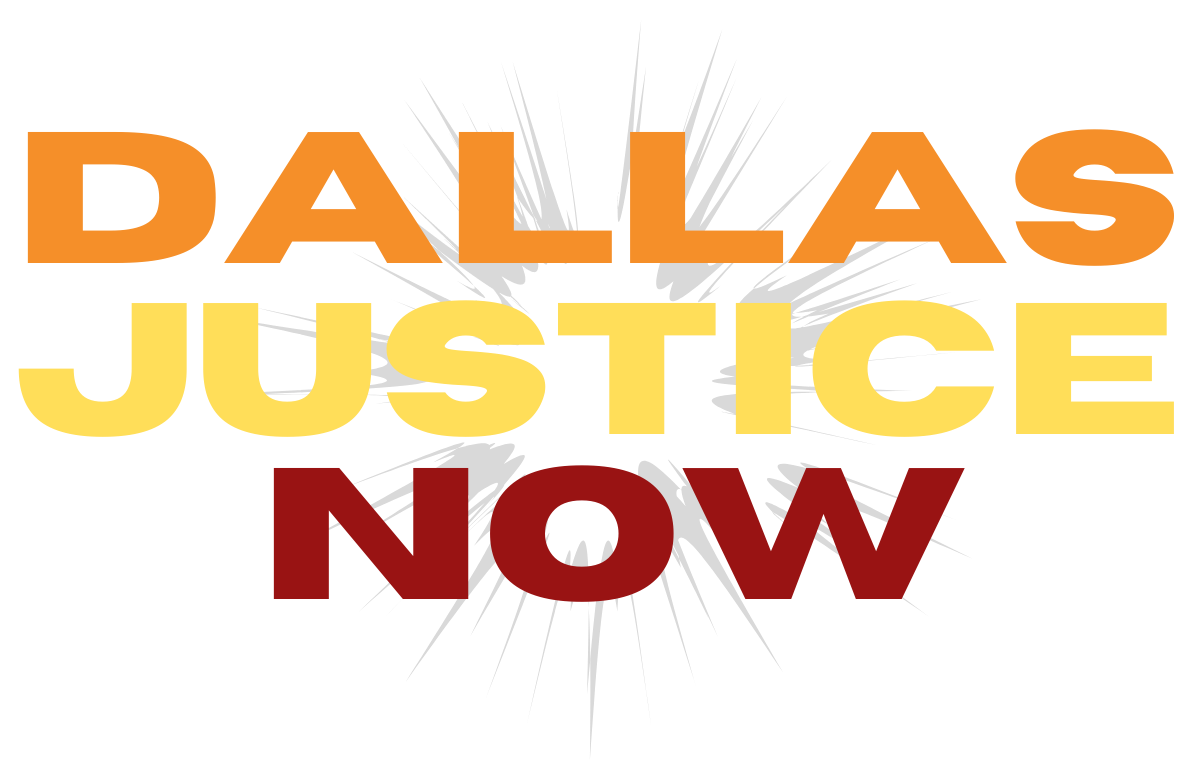Manifestations of White Privilege 1
Here are some concrete examples of white privilege.
Have you ever thought of these?
In a thorough article, education researcher Jacob Bennett tracked the history of the term. Before the Civil Rights Act of 1964, “white privilege” was less commonly used but generally referred to legal and systemic advantages given to white people by the United States, such as citizenship, the right to vote or the right to buy a house in the neighborhood of their choice.
It was only after discrimination persisted for years after the Civil Rights Act of 1964 that people like Peggy McIntosh began to view white privilege as being more psychological—a subconscious prejudice perpetuated by white people’s lack of awareness that they held this power. White privilege could be found in day-to-day transactions and in white people’s ability to move through the professional and personal worlds with relative ease.
But some people of color continued to insist that an element of white privilege included the aftereffects of conscious choices. For example, if white business leaders didn’t hire many people of color, white people had more economic opportunities. Having the ability to maintain that power dynamic, in itself, was a white privilege, and it endures. Legislative bodies, corporate leaders and educators are still disproportionately white and often make conscious choices (laws, hiring practices, discipline procedures) that keep this cycle on repeat.
The more complicated truth: White privilege is both unconsciously enjoyed and consciously perpetuated. It is both on the surface and deeply embedded into American life. It is a weightless knapsack—and a weapon.
It depends on who’s carrying it.
Sometimes the examples used to make white privilege visible to those who have it are also the examples least damaging to people who lack it. But that does not mean these examples do not matter or that they do no damage at all.
These subtle versions of white privilege are often used as a comfortable, easy entry point for people who might push back against the concept. That is why they remain so popular. These are simple, everyday things, conveniences white people aren’t forced to think about.
These often-used examples include:
The first-aid kit having “flesh-colored” Band-Aids that only match the skin tone of white people.
The products white people need for their hair being in the aisle labeled “hair care” rather than in a smaller, separate section of “ethnic hair products.”
The grocery store stocking a variety of food options that reflect the cultural traditions of most white people.
But the root of these problems is often ignored. These types of examples can be dismissed by white people who might say, “My hair is curly and requires special product,” or “My family is from Poland, and it’s hard to find traditional Polish food at the grocery store.”
This may be true. But the reason even these simple white privileges need to be recognized is that the damage goes beyond the inconvenience of shopping for goods and services. These privileges are symbolic of what we might call “the power of normal.” If public spaces and goods seem catered to one race and segregate the needs of people of other races into special sections, that indicates something beneath the surface.
White people become more likely to move through the world with an expectation that their needs be readily met. People of color move through the world knowing their needs are on the margins. Recognizing this means recognizing where gaps exist.
https://www.tolerance.org/magazine/fall-2018/what-is-white-privilege-really
